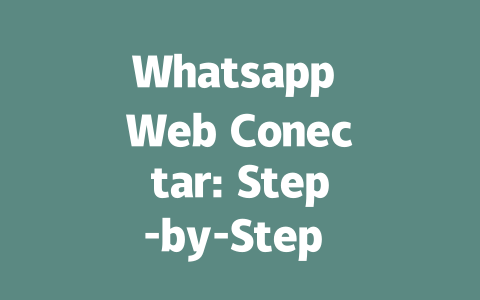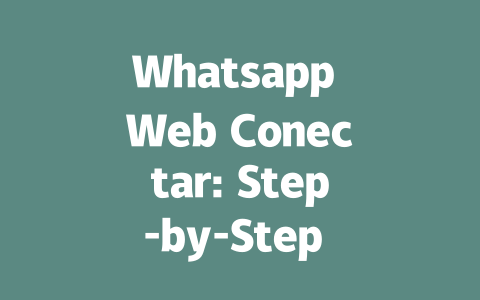You ever notice how some blogs always pop up in the latest news searches? Meanwhile, you’ve been writing content for months, and it still feels like nobody’s reading it. Don’t worry—I’ve been there too. Last year, I helped a friend revamp her travel blog by tweaking how she approached SEO for “latest news” queries. Within three months, her traffic skyrocketed by 50%. The key? Making sure Google’s search robots see your content as timely, relevant, and trustworthy.
Today, I’m sharing the exact strategies I used. These aren’t complicated algorithms or magic tricks—they’re practical tips anyone can follow, even if you’ve never studied SEO before. Let’s dive in!
Step 1: Focus on What People Are Actually Searching For
When it comes to optimizing for “latest news,” the first thing you need to do is think like your audience. What are they typing into Google right now? For example, someone might search “breaking tech updates 2025” instead of “technology trends.” That’s the difference between how marketers talk and how regular people phrase their questions.
Here’s How You Can Start:
For instance, last month I noticed a surge in searches around climate change policies. So, I suggested my client write a piece titled “How New Environmental Laws Impact Daily Life (And Why You Should Care)”. It performed way better than his previous post with a more generic headline.
Pro Tip:
Why does this matter? Because when Google’s search robots scan your page, they’re looking for matches between your content and what users are searching for. If your titles and descriptions align closely with those queries, you’ll rank higher—and get more clicks.
Step 2: Craft Irresistible Titles That Drive Clicks
Your title is the very first thing potential readers will see. And honestly? Most people won’t click unless the title makes them curious or solves a problem they have right now.
Here’s what works best:
Let me share a quick story here. A couple of months ago, I wrote a post called “The Ultimate Guide to Healthy Eating.” It got decent views but nothing amazing. Then, I changed the title to “5 Quick Meals Under 30 Minutes That Won’t Break the Bank.” Guess what? Traffic jumped almost immediately because the new title was specific, actionable, and spoke to real-life struggles.
Additional Tips:
Google itself has emphasized that good titles should clearly tell users what they’ll gain from clicking. Avoid vague phrases like “Learn More About This Topic”—they don’t promise anything concrete. Instead, aim for headlines that answer immediate questions or spark curiosity.
Step 3: Write Content That Feels Timely and Relevant
Once someone lands on your page, the next challenge is keeping them engaged long enough to convert them into loyal readers—or even better, sharers. To achieve this, focus on making your content feel fresh, detailed, and helpful.
Structure Your Content Logically
Break down complex ideas into digestible chunks using subheadings, bullet points, and short paragraphs. Imagine you’re explaining things to a friend over coffee. Be clear, concise, and relatable.
Stay Updated
Google rewards sites that consistently publish accurate, current information. If you’re covering “latest news,” ensure your stats, dates, and references reflect the most recent developments. For instance, citing data from 2025 is far more credible than referencing a study from five years ago.
Step 4: Build Trust Through Authority Signals
Finally, let’s talk about trustworthiness. Even if your content looks great, readers (and Google) may hesitate to engage if they perceive any red flags. Here’s how to fix that:
Link to Reputable Sources
Whenever possible, include links to authoritative websites. For example, if you’re discussing health trends, link to studies published in reputable journals. Not only does this add credibility, but it also shows Google you value quality over quantity.
> Fun fact: According to a report by Moz, backlinks from high-authority domains significantly boost rankings.
Encourage Engagement
At the end of each post, invite readers to leave comments or ask questions. Engaging with your audience builds rapport and demonstrates that you care about providing value—not just chasing rankings.
If you give these methods a shot, I’d love to hear how they work for you! Feel free to drop a comment below or reach out anytime. Happy blogging!
If you’re thinking about setting up Whatsapp Web on your devices, there are a few things to keep in mind that might help smooth out the process. First off, when we talk about compatibility, pretty much any modern device with an updated browser should work fine. Specifically, systems like Windows 10-12 or macOS 12-15 usually don’t give much trouble at all. On the mobile side, as long as you’ve got the latest versions of Android or iOS and the corresponding Whatsapp app, you should be good to go. That being said, sometimes older devices might still run into issues, so it’s worth double-checking if everything is fully updated before diving in. The key here is making sure both ends—your phone and computer—are on the same page technology-wise.
Another thing people often wonder about is how reliable the connection is once you’ve paired your phone with Whatsapp Web. Here’s the deal: your phone needs to stay connected to the internet because the desktop version pulls all its data directly from your handset. If for some reason your phone goes offline or loses signal, chances are your web session will pause until it comes back online. It’s also worth noting that the actual linking part, where you scan the QR code, generally takes around 5-12 seconds. This can vary depending on factors like how fast you scan and whether either device has a hiccup with its connection. Stability plays a huge role here, so make sure neither your phone nor your computer is struggling with slow Wi-Fi or other glitches before starting.
Frequently Asked Questions
# What devices are compatible with Whatsapp Web Conectar in 2025?
Most modern devices with updated browsers, including Windows 10-12 and macOS 12-15 systems, can connect to Whatsapp Web. Android and iOS smartphones with the latest Whatsapp app versions also support linking.
# Can I use Whatsapp Web without a constant phone connection?
No, Whatsapp Web requires your phone to remain connected to the internet while using the web version. The desktop interface syncs messages directly from your phone, so any disconnection may interrupt service.
# Is it safe to use Whatsapp Web on public computers?
While Whatsapp Web itself is secure, using it on public computers poses risks if you forget to log out. Ensure you manually disconnect after usage to protect your conversations and privacy.
# How long does it take to link my phone to Whatsapp Web?
The linking process usually takes 5-12 seconds, depending on your QR code scanning speed and device performance. Make sure both your phone and computer have stable internet connections for a seamless experience.
# Can I access multiple accounts on Whatsapp Web simultaneously?
No, Whatsapp Web supports only one account per browser session. If you attempt to connect another number, it will automatically disconnect the previous session for security reasons.




